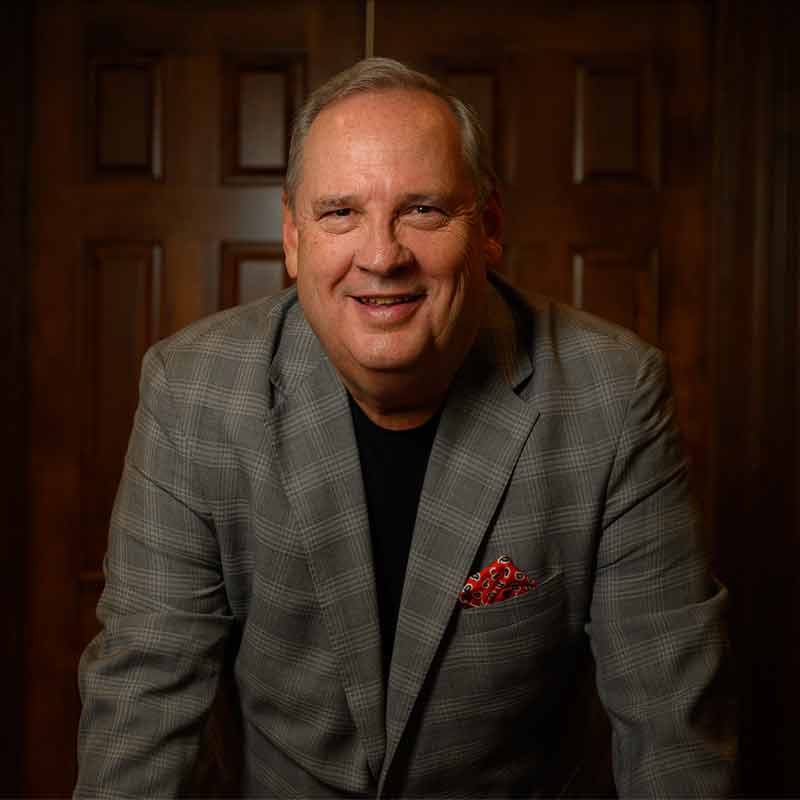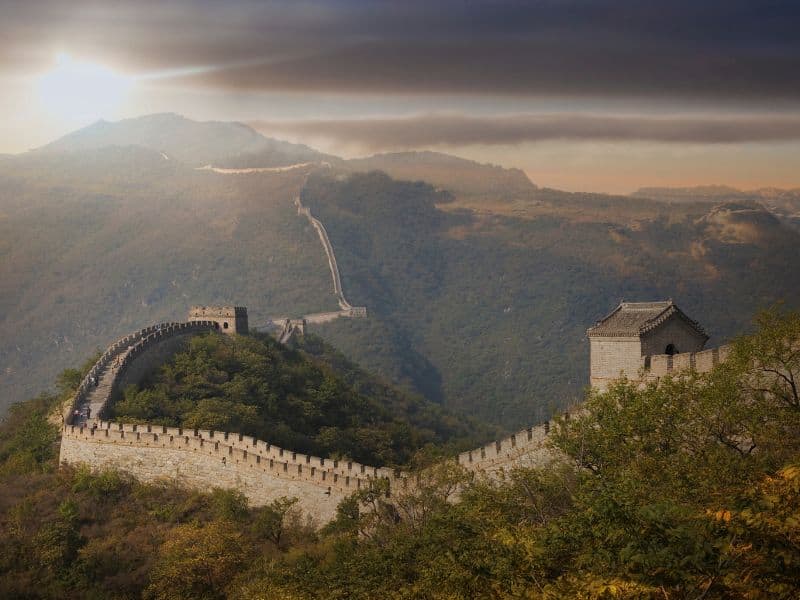Request Check Your Shocks


I am a student of history. I love learning about the events and people that came before us, and often think about how the past has influenced the present.
Who we are now can be attributed mainly to who we’ve been, how we were raised, who our parents were, and how their parents raised them. For instance, if your Aunt Martha hadn’t introduced your mother to her new fella’s best friend, you wouldn’t be reading these words.
Leadership works this way, too. What it is today is the result of what it was (or wasn’t) in the lives of those before us.
When we reflect upon influential historical leaders and pivotal moments in history, we look for lessons that will prepare us for an even greater future. We find inspiration and bravery in stories of leaders who made difficult, courageous choices in the face of adversity and uncertainty. And, we gain insight and wisdom about what not to do from accounts of setbacks and failures.
In this blog, we’re going to look at leadership throughout the ages and how it has evolved over time. We are also going to examine what that means for leadership as we know it today.
One question I’ve contemplated is, how has leadership evolved over time? Is it vastly different today than it was a hundred years ago, or even two thousand years ago…or longer?
In the time of our oldest human ancestors, leadership may have looked like the brave soul leading the charge to kill a sabertooth tiger with spears so his people wouldn’t starve. At another time, it meant galloping over hill and dale for decades at a time, killing everyone he came across as he pillaged and overcame foreign settlements.
Thankfully, these days, you can get away with wearing a pocket protector and still lead like a head of state, which is highly preferable to leading with a spear, in my humble opinion.
With all apologies to our earlier human ancestors, I’m glad it wasn’t me out there in the cold, dodging sharp teeth and tracking animals in the snow. It took different skills to lead back then. I’m sure there are some leadership superpowers we undoubtedly have in common. But what it takes to lead folks today is not entirely the same as what it took to millennia, centuries, or even decades, ago.
If you take the time to look, you’ll see that, through their actions, our ancestors have left us a blueprint for what to do—and what not to do—when it comes to creating lasting change.
When I think of historic leadership and pivotal moments in history that led to a better world, I think of figures like Abraham Lincoln, leading our nation through the Civil War to abolish slavery. I think of Mahatma Gandhi and his nonviolent resistance movement on behalf of Indian independence.
I think of Nelson Mandela, who fought apartheid in South Africa; Martin Luther King Jr., who bravely led folks during the Civil Rights Movement; and perhaps my favorite of all, Sir Winston Churchill, who led the allied forces to victory over Nazi Germany during World War II.
All of these are examples of great leaders who stood for a bigger, bolder idea in some way, and our current world is a better place because of them.
As the world has evolved and changed, so too have leadership styles evolved to meet the challenges of the day. For example, during wars or even the Industrial Revolution, a hierarchical focus—similar to that found in early monarchies—was found to be most efficient. Those hierarchies served a purpose, often, to save lives. If you were in charge, what you said went, and that was that.
Nowadays, we are a more collaborative society. We’ve learned to value the opinions of others, because everyone has a unique experience and different take on the world and the subject at hand. We understand that the best ideas don’t always come from the C-Suite; sometimes they come from Joanne in Accounting. Successful leaders today keep their ears and their minds open and understand they probably aren’t the smartest person in the room.
When considering collaborative leadership, think about feats like the Great Wall of China being built or the Moon landing. Both of those endeavors had teams working night and day toward the common goal. It was the effort of everyone combined that made these feats possible.
While I have mentioned several singular “hero” figures above, today’s society values not only collaboration but also celebrating the collaborators. No one person gets all the credit; you can’t do it alone. Highly effective teams are ones in which every person on the team makes an impact and makes a difference, which results in the goal. I’ve always said the only way to get to the top is by pulling a bunch of other people up with you.
In the 21st century, we must recognize the influence of technology. It has truly shaped the face of a new world for us. Advancements in communication have forced a shift in leadership to focus on transparency and rapid decision-making.
Where older leadership styles might have encouraged sweeping things under the rug to maintain the status quo, because of technology we now live in a society in which the whistleblower is often viewed as an unexpected leader. No corporate or institutional leader wants to be called out for bad behavior or malfeasance, so it is in everyone’s best interest to be transparent and accountable. Today’s successful leaders embrace transparency as a new leadership superpower.
People like Abraham Lincoln, Winston Churchill, Mahatma Gandhi, Nelson Mandela, and Martin Luther King Jr. all fought against oppression and inequality, but what else can we learn from these leadership giants?
Perseverance in the face of failure—and even danger—for one. None of these people allowed themselves to back down; they simply kept moving forward as best they could in whatever way was possible at the time.
They also demonstrated tremendous courage. It takes courage any time you want to make a change, whether it’s as personal as deciding to join a gym to improve your health and fitness, or choosing to stand up to a powerful establishment, so it’s safe to say that these are some of history’s most courageous folks.
A heart of service. Each one of these men has a greater vision—not for himself but for the world. They were servant leaders at heart. They might have been at the front of the room, behind the microphone, or on the podium, but each one wanted something better for his fellow man.
The last thing I am going to mention here is faith. Now, it might not have been faith in God, but each example above had faith in his unique mission. If he didn’t, he would not have been taking the steps to achieve his goal. Faith in the mission, in the ideal, in the vision.… That’s priceless when you are trying to achieve big things.
I mentioned it above, but I’ll mention it again here: when we learn from others, particularly from their failures, we really set ourselves up for success. If we look at all the characteristics of these leaders and let ourselves be emboldened by them, then we not only know what works, but we can also tap into it.
At a time when our country is perhaps more divided than ever before, it’s important to remember the lessons of the past. If we act with courage, perseverance, and a heart of service to our fellow man, all while acting with compassion, we become an unstoppable force.
This blog has talked about history in terms of the world and famous figures from our past, but personal history is just as important to learn from. If you keep making the same mistakes over and over again, at some point, you want to stop and ask yourself, why am I doing this again? That kind of awareness goes a long way to changing a pattern.
I’m not saying this is easy, and I am not saying you can generally make a big life change in one fell swoop, but I think both world history and our personal history show us pain points we can avoid if we just pay attention and have the courage to see ourselves as capable of making changes.
Confidence goes a long way, and that goes back to that faith piece. You have the faith to step out and make the change, to be of service, not to give up, to be compassionate, and you can find the courage to keep going—I know it, because I believe in you. In fact, I believe you’ll find you are capable of making positive new moments in history that others will look back upon.
I’ll see you at the top!

If you’re human, you’ve been afraid. Heck, you’ve probably even experienced the fear of something irrational, like the boogeyman or a monster under the bed. Those things aren’t real, but we experience them as though they are. I’m willing to bet that if you’re reading...

I’ve been talking about fear for more than twenty-five years—on stages, in boardrooms, and across kitchen tables with people who were searching for a way forward. The phrase “turn your fear into fuel” has been in my vocabulary for decades. But for one reason or...

No matter how prepared you think you are, the unknown will always find a way to slip into the equation. It’s inevitable. The true mark of a leader isn’t the ability to avoid uncertainty and fear—it’s the ability to confront it, adapt to it, and use it as a springboard...

A Monumental Day to Celebrate Today marks the 15th anniversary of Primerica’s IPO—a day that will forever be etched in my memory. April 1, 2010, was not just a milestone for the company but a testament to resilience, perseverance, and the power of pushing through...

“The scarcest resource in the world is not oil, it’s leadership.”
As Co-CEO of the largest independent financal services company in North America, John Addison’s skill as a leader was tested and honed daily. He retired in 2015 after taking the company and it’s people to massive heights. He’s just not done helping people get to the top. Today, he’s at the helm of Addison Leadership Group, INC working daily to mentor and educate new leaders.

Building Primerica is the toughest and yet easiest project I have taken on. I lost all my friends yet I have gained new friends. These leaders were spectacular in retrospect, and controversial at their time!
Hello, Stuart! Thanks so much for taking the time to read and reply to this. You have been an integral part, and we are lucky to have you!
Mr. Addison
Primerica helps me to keep my eye on the prize. Your article here has reinforced my belief that leadership that evolves to embrace change leads best! Thank you for this valuable reminder.
You are welcome, Kyle! Focused action is the key!